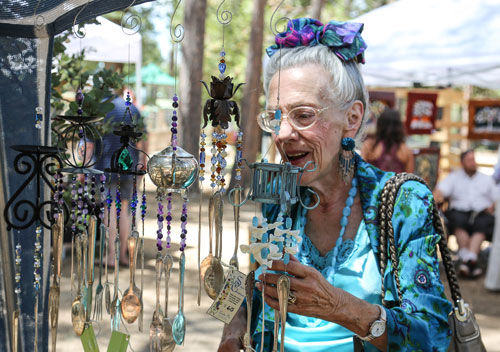
The U.S. Forest Service will begin work on fuels reduction in the May Valley area. San Jacinto District Ranger Laurie Rosenthal made the decision last month following the agency’s review of comments on the project’s environmental assessment, which was released in May.
The project’s purpose is to manipulate vegetation to alter fire behavior, including rate of spread, flame length and fire line intensity. This will provide better access and safety for firefighters to attack possible fires and to protect homes and life in this area.
“Implementation of the May Valley Fuels Reduction project will bring together geographically separated fuel treatments within a vulnerable segment of the Idyllwild, Mountain Center and Bonita Vista wildland-urban interface,” Rosenthal said in an email. “Once completed, an effective fuels reduction buffer will be in place east of Highway 243 and south of Idyllwild, east to the Bonita Vista community and south to Highway 74. A key portion of the Southridge fuel break will also be completed, providing significant protection for the Idyllwild Community,” she added.
The project area totals about 2,800 acres, of which 864 will be treated. The Forest Service has identified 25 separated areas for treatments, which included pile burning, understory burning, broadcast burning, and mastication.
Most of the treatment area is mixed oak, conifer or chaparral. Under the plan, fuels would be reduced. No changes to road or trail systems are planned as part of this project.
May Valley Fuels reduction work has been under consideration, review and study since 2009. An environmental assessment and a notice to provide objections were published in June 2012.
Objections came from the John Muir Project of Earth Island Institute. Although they met with Forest Service officials, a resolution was not achieved. They expressed concern about spotted owl critical habitat and removal of trees larger than 9 inches in diameter.
Forest Supervisor Judy Noiron reviewed the questions and suggestions. In an Aug. 16 letter, she explained why these were rejected. For example, only a small number of potential spotted owl habitats are within the project.
Two federally endangered species have habitat within the project area. The Southwestern willow flycatcher has unoccupied habitat within the target area and the project is not likely to adversely affect the flycatcher.
The Quino checkerspot butterfly occupies its habitat. The biological studies assessment of the project may affect or is likely to adversely affect the butterfly. However, it was also determined that the project could be implemented outside the butterfly’s flight season. Periodic fires improve its habitat and the project is consistent with the Quino butterfly’s recovery plan.













